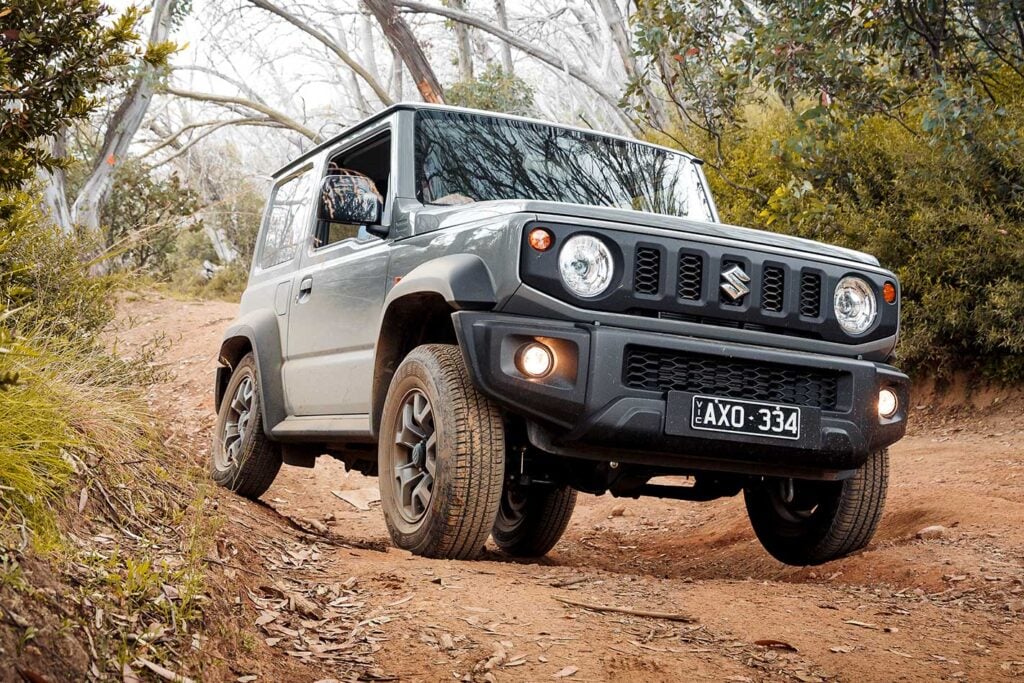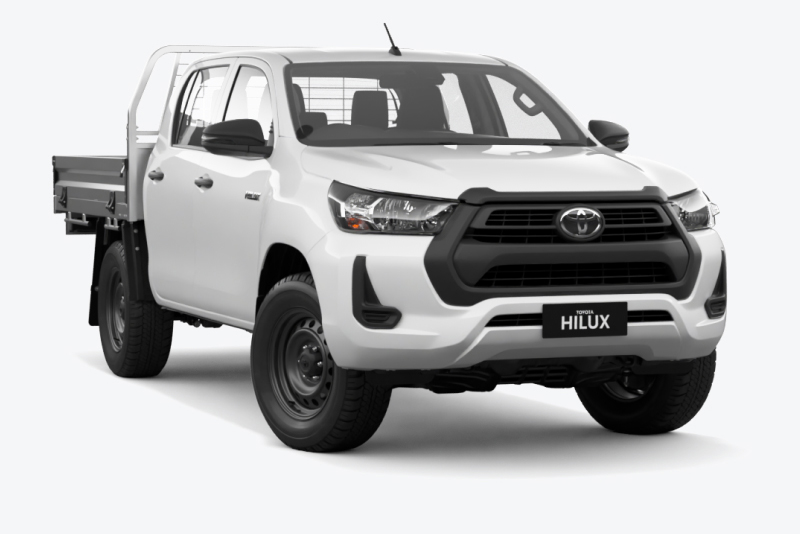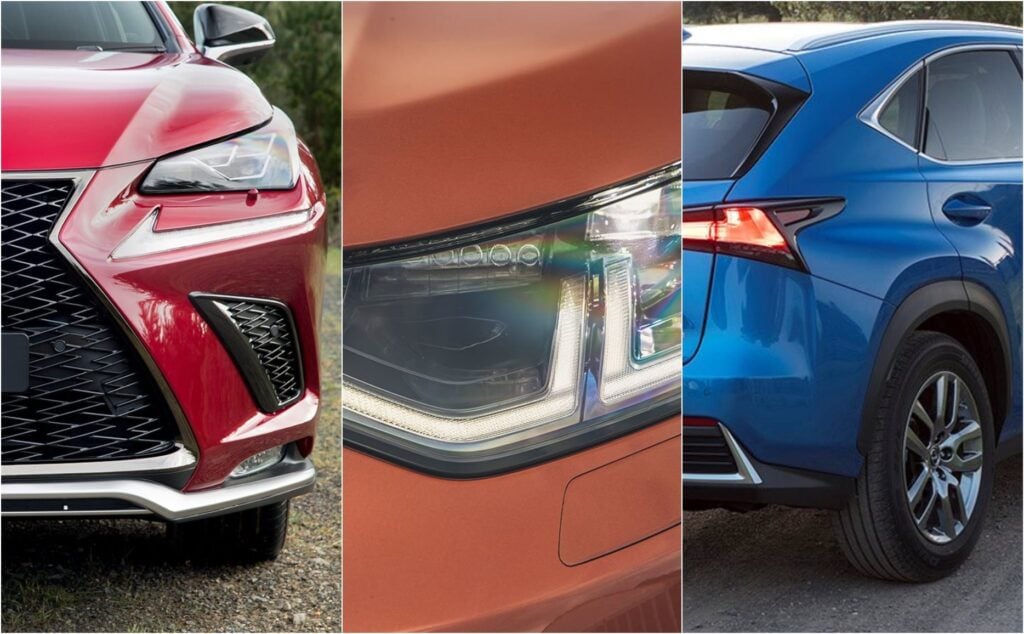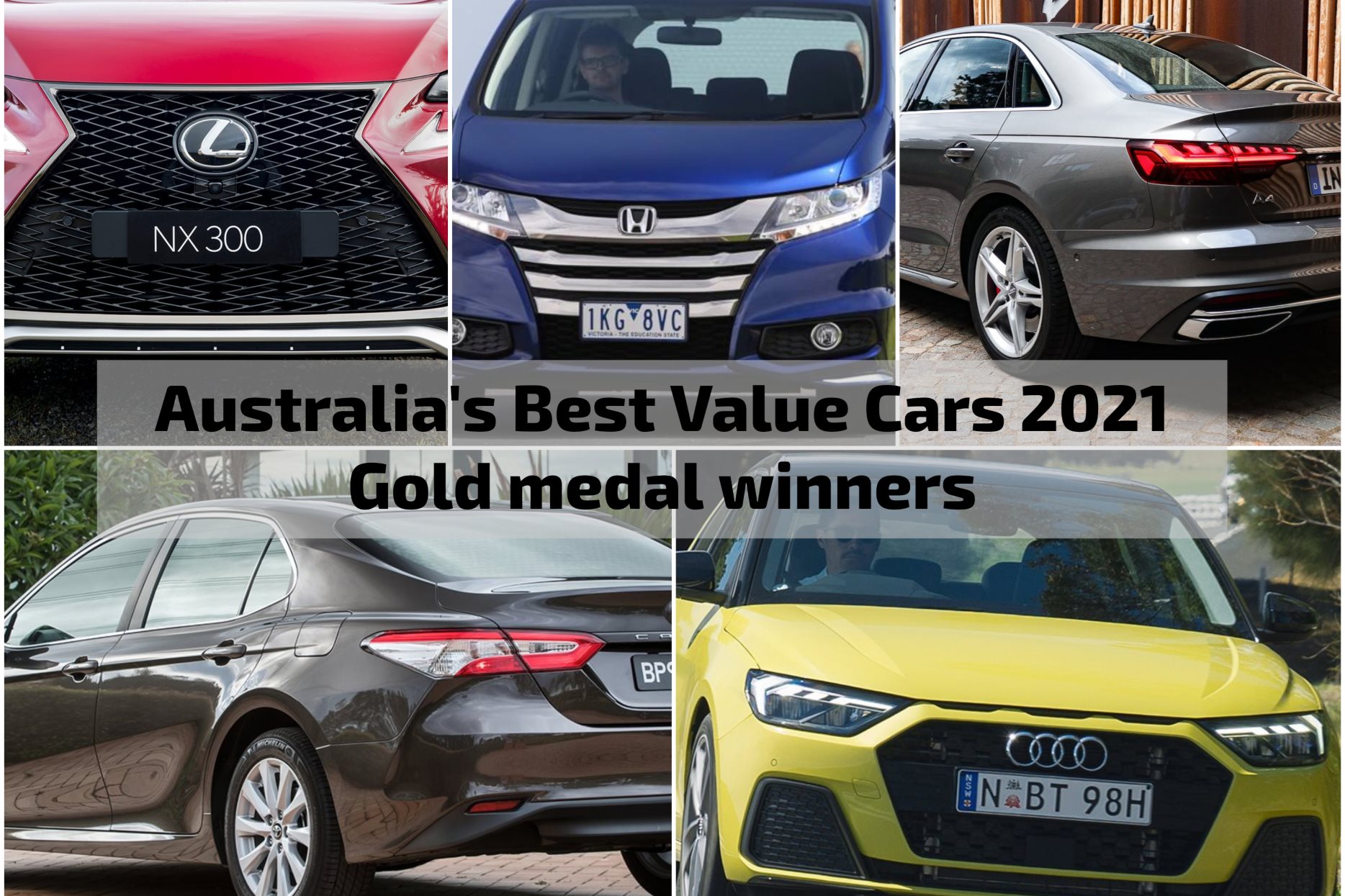
Over the last couple of weeks, we’ve rolled out the winners and podium-placers who’ve received a gong for offering Australia’s best value cars for 2021.
It’s not based solely on a test drive or a walkaround, either; rather, it’s based on hard data – and a lot of it!
Here are the gold medal winners across all categories – you can jump to the category pages using the links below.
LIGHT / CITY CARS
The tiddlers of Australian roads are a dying breed, many creeping past the $20K mark that has long been an unofficial barrier for buyers.
But there are still terrific options around, including some that charge you more to get behind the wheel but save you money once you’re there.
GOLD – Suzuki Swift GL Navigator
The Suzuki Swift isn’t the cheapest in its class (the MG3 for example comfortably beats it) nor likely to hold its value as well as others (the Honda Jazz wins there).
But it is a very solid all-rounder that does little wrong and leverages the strengths of a brand known for small cars.
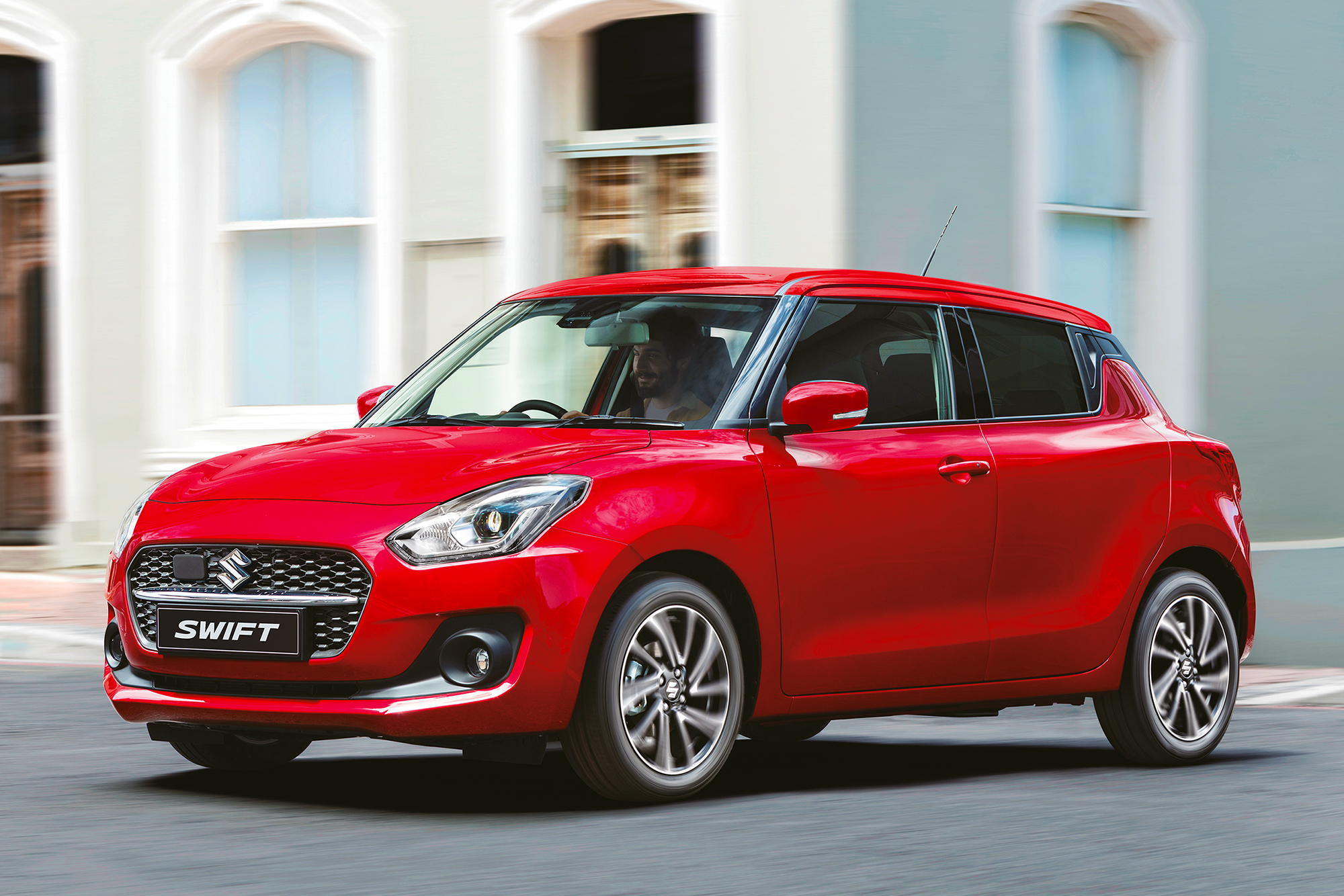
At $19,990 the Swift GL maintains an attractive price point against many competitors that have surged in recent years. It’s also an in-demand car on the used-car market, helping cement a solid 61 percent Redbook predicted resale value figure, in turn minimising what you’ll lose during those first five years of ownership.
It’s also among the most affordable to service of its peers, averaging less than $300 annually. Throw in miserly fuel consumption and the Swift emerges victorious.
Part of the Swift’s cost-saving magic is achieved with its size. It’s small by city car standards, especially with boot space. But for a single or couple looking for easy-to-live-with transport there is plenty to like.
The Swift is agile and fun, be it zipping around town or on the open road. It’s not the quietest, but it is among the more competent city hatches. The compact, lightweight body adds to its litheness, something that is a big contributor to how it drives.
The 1.2-litre four-cylinder is less convincing and requires a heavy foot for even respectable performance, although it is helped by a CVT auto that taps into the best the engine has to offer.
There’s just 66kW to play with, and most of its (limited) enthusiasm is high in the rev range. But, hey, it doesn’t mind some spirited work, adding to the likeable nature of what is a car that screams value.
Speaking of which, even with the bargain price tag the Swift get satellite navigation standard, as well as Apple CarPlay and Android Auto.
There are airbags for crash protection but the Swift lacks the active safety systems becoming commonplace, partially explaining its tempting sticker price.
SMALL CARS
Modern small cars aren’t so small anymore. They’re not always so simple, either, with many offering luxury trimmings and advanced drivetrains for those who want the tech and luxury but don’t need the space of a bigger car.
It’s a category made up of some of the stalwarts of the new-car market, familiar names providing more features and better value than they ever have.
GOLD MEDAL – Toyota Corolla Ascent Sport Hybrid sedan
It’s arguably the best-known Toyota on the road, one that’s been soldiering on for twelve generations and more than half a century. And now it’s the Hybrid version that is the best value of the Corolla line-up.
A relatively fresh addition to the range – the first Corolla hybrid arrived in 2016 – the Hybrid is now a big volume player. Our numbers demonstrate why.
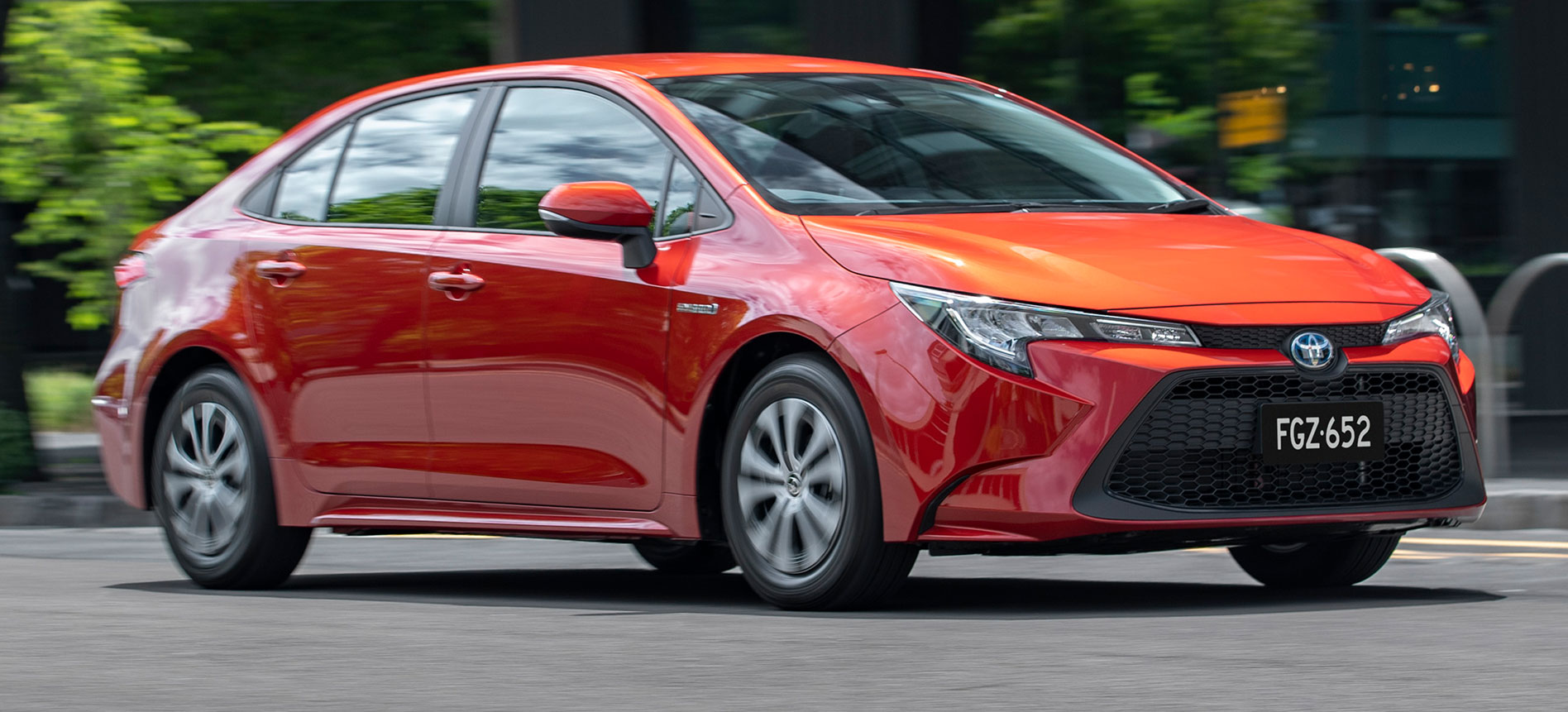
Yes, you’ll pay more to get into a Corolla Hybrid compared with a petrol-only version – it’s a $1500 premium, the Hybrid starting at $27,395 – but the Hybrid is marginally cheaper to insure and uses a lot less fuel.
The fuel equation changes between hatch and sedan, too. In sedan form the Corolla Hybrid uses a claimed 3.5 litres per 100km, 17 per cent less than the identical drivetrain in the Hybrid hatchback.
That’s because the sedan gets skinnier 15-inch tyres versus the grippier 16s on the Corolla Hybrid hatch, one of many efforts to position it as a fuel leader in its class.
There are downsides: the sedan isn’t as fun to drive on winding roads, but it will save dollars when it comes time to top up. Hence its victory in our value awards.
With Apple CarPlay and Android Auto and the safety of autonomous emergency braking and blind-spot monitoring, it’s a lot of small car for not much outlay.
But key to the Corolla’s success here is its 64 per cent predicted resale value.
It’s an impressive number and one that means you won’t go far backwards after five years of ownership.
Some of that used-car appeal can no doubt be traced back to the rich heritage of a car that has long flown the Toyota flag.
FAMILY CARS
It wasn’t long ago that Australians gravitated to sedans and wagons for their family duties. Those days have long gone for many, an SUV replacing tradition in the driveway.
But there’s still an impressive array of medium and large sedans and wagons on the market.
GOLD – Toyota Camry Ascent Hybrid
Family sedans may have largely gone the way of the dodo, but the Toyota Camry is not only hanging in there but fighting hard – and with good reason.
The sizeable four-door (the Camry wagon was killed off more than a decade ago) has shed most of its conservative driving manners to become a car that is comfortable cruising and competent in corners.
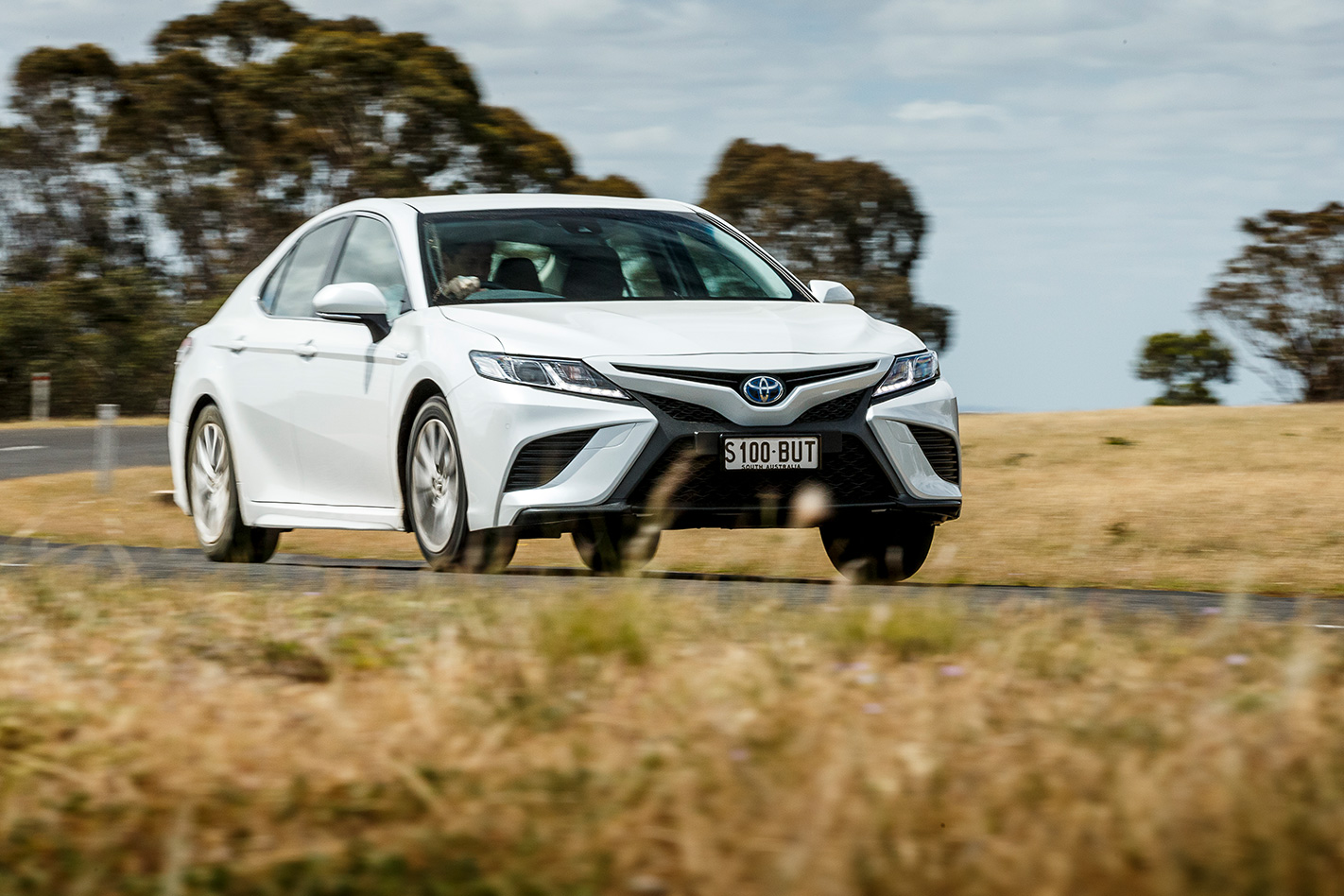
That it also has acres of space – adults in the rear are thoroughly welcome – and a big boot reasserts its suitability to family duties.
At almost five metres long it is a heck of a lot of metal for a surprisingly compact price.
The hybrid system also does what it says on the box. Fuel use is around half that of the regular model in city driving, mostly because the small battery pack can store braking energy to power the electric motor when accelerating.
That motor provides a solid initial shove, making up for otherwise modest performance from the 2.5-litre four-cylinder.
A long list of standard features incorporates the key active safety systems, dual-zone ventilation and Apple CarPlay and Android Auto connectivity.
To get to the top of the podium the Hybrid first had to beat the regular non-hybrid Camry, something it did largely thanks to significant fuel savings.
But the focus on fuel economy means used-car buyers are increasingly likely to sniff out a petrol-electric model over the pure petrol.
So the Camry Hybrid’s forecast Redbook resale is a few percentage points higher than the regular Camry, further cementing its lead.
SMALL SUV
Want to know why traditional small cars aren’t as popular as they used to be? Look no further than the small SUV segment, now bursting with dozens of contenders.
For a class that barely existed a decade ago it’s positively booming, even gaining pace during the bedlam of 2020.
Winner – Toyota Yaris Cross GX Hybrid
There’s no such thing as too many SUVs apparently, as Toyota has just shown with its newest arrival.
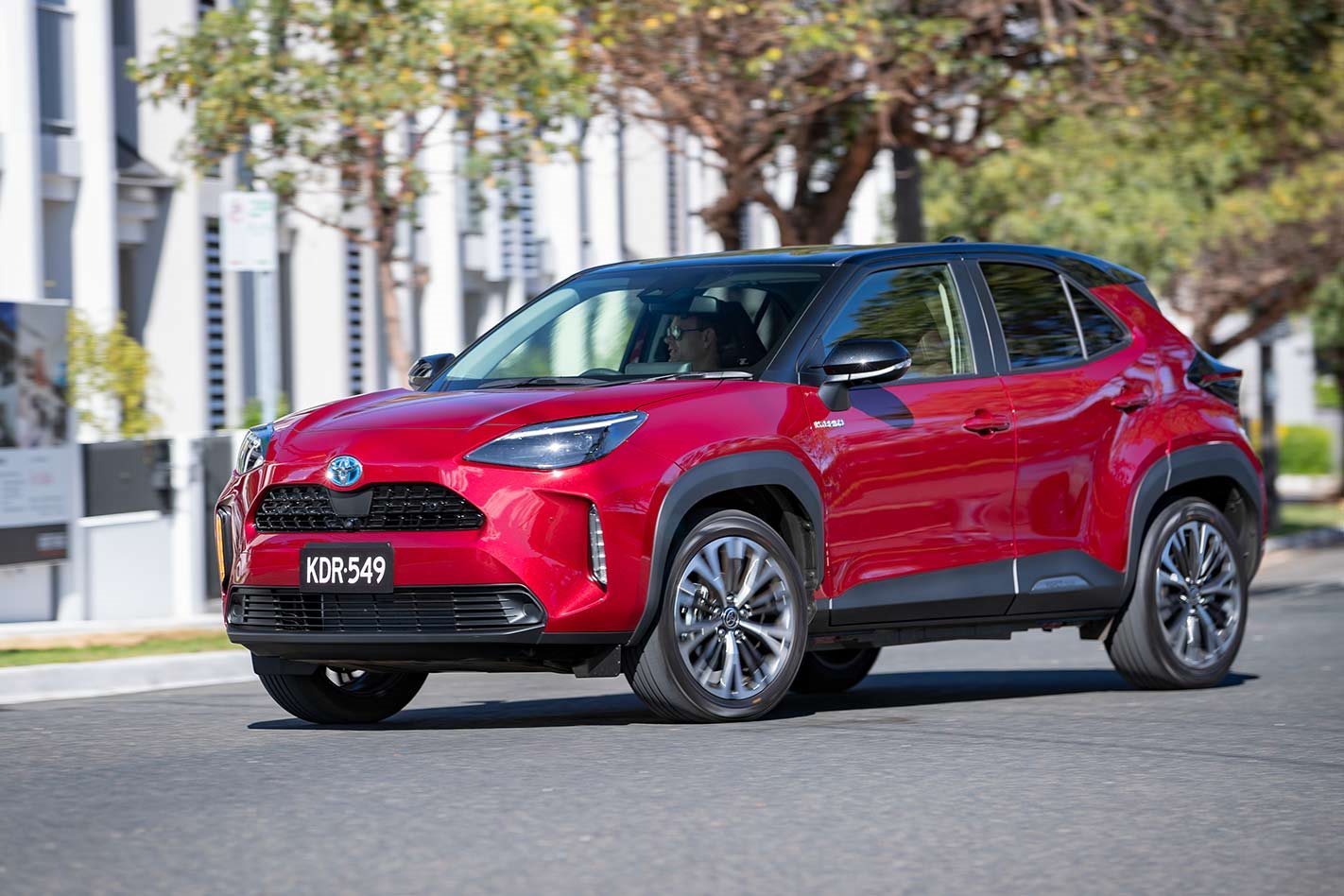
The Yaris Cross is the seventh SUV in the Toyota stables, slotting in below the C-HR as the most affordable.
As its name suggests, it shares plenty with the Yaris hatch – including three-cylinder engines and interior – but with a unique SUV body. Some funky colours and competitive pricing add to its appeal.
Whereas many small SUVs don’t bother with four-wheel drive, the Yaris Cross can be optioned that way.
However, unlike Toyota’s hardcore off-roaders, it’s one focused on the lighter side of gravel tracks.
The main thrust with the Yaris Cross is the suburbs, where the optional hybrid system comes into its own; don’t bother with the AWD model, either, because it’s way more expensive.
Recouping energy normally lost as heat through the braking system contributes to a frugal fuel use claim of 3.8 litres per 100km.
It more than offsets the $2000 higher entry price ($28,990 in total), helping the Yaris Cross edge to the front of a hotly contested field.
Sharp service pricing also helps in what is a densely packed pointy end of the field.
Even in the base GX trim level it’s well equipped, including items often left to the options list of some far more prestigious models.
Think smart key, digital radio and Apple CarPlay and Android Auto on a 7.0-inch touchscreen.
Safety is also well catered for with auto emergency braking and speed sign recognition as well as centre front airbags, the latter helping the car to achieve an ANCAP five-star safety rating for 2020.
There are also 16-inch alloy wheels, although the tyres wrapping them have sub-standard grip on a wet road, a rare mark against an otherwise solid driving scorecard.
MID-SIZE SUV
What started as something of a soft-roader experiment in the 1990s has turned into the default family car class in Australia.
Mid-sized SUVs now fill the role of traditional family cars, the space, functionality and affordability a drawcard for many.
GOLD – Hyundai Tucson Active
The Hyundai brand has long stood for value and nowhere does it shine as brightly as the Tucson, the nameplate that made a reappearance in 2015 after a five-year hiatus to replace the ix35.
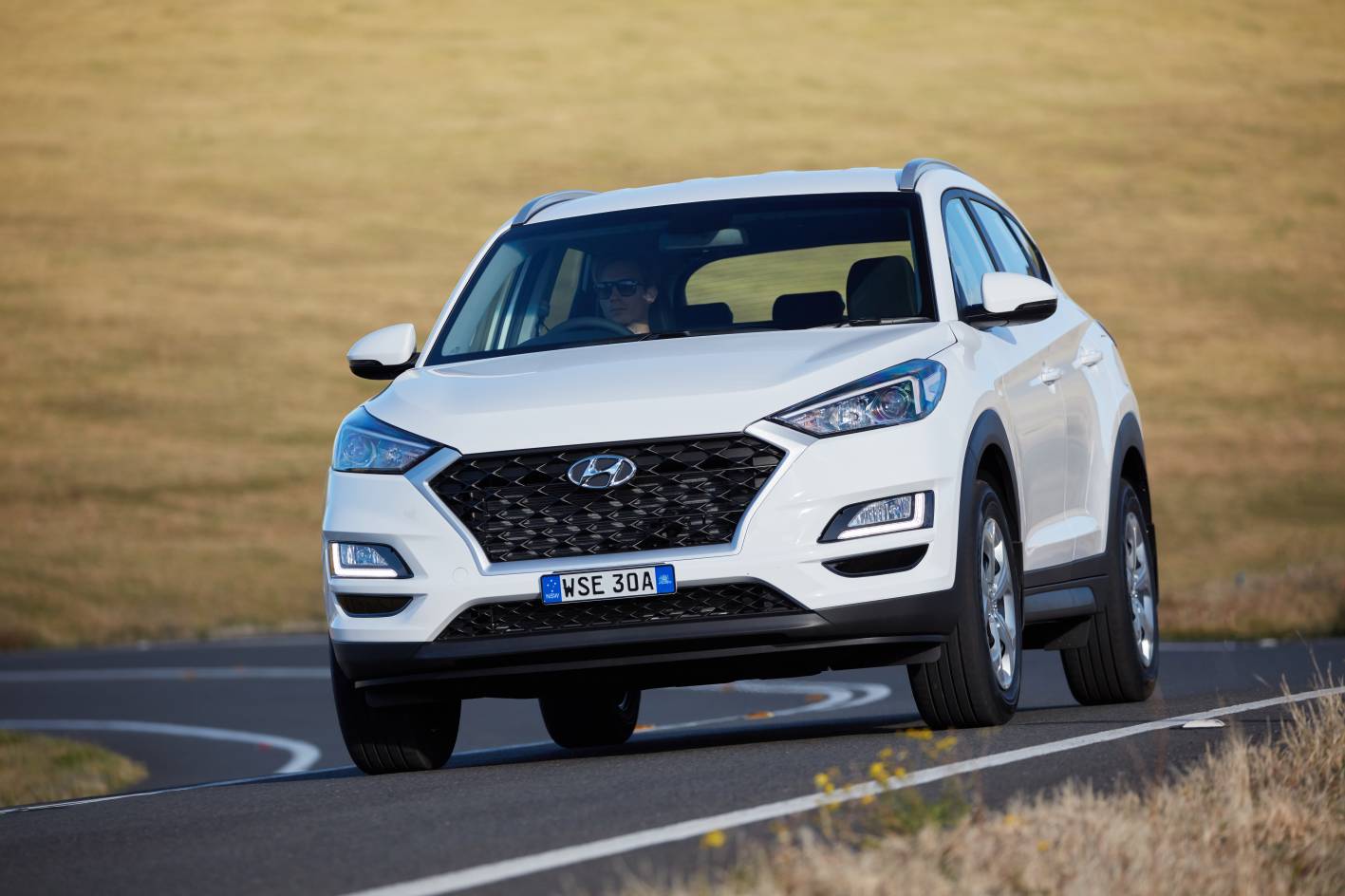
The current Tucson is nearing the end of its life but has benefited from updates and tweaks to make it a mid-size SUV value leader.
That Redbook forecasts it to hold onto 63 per cent of its original price after five years is indicative of the respect the model has cemented in the used-car market, something that makes ownership prospects even more enticing.
Those residual forecasts were also crucial in edging ahead of the dozens of other models that make up one of the most diverse and close-fought segments of the new-car market, one that these days is the default for so many families.
The Tucson also demonstrates genuine suitability to Australian conditions. A full-sized spare wheel is a rarity but appreciated for those planning on longer drives.
Local suspension tuning adds some finesse to the honest dynamic package. The way it deals with bumps and corners is indicative of Hyundai’s understanding of the market and the buyers who gravitate towards spacious and functional five-seaters.
The Tucson family is broad, but it’s at its entry point where running costs are most favourable, standard fare including Apple CarPlay and Android Auto on a 7.0-inch touchscreen.
This is why the $32,140 Active model has risen to the top here.
The 2.0-litre four-cylinder engine is a basic unit, but its 122kW and 205Nm outputs ensure respectable performance. And while it’s not the most economical mid-sizer it’ll happily run on the most affordable regular unleaded.
Again, it’s an SUV that may not stand out in any one area but rarely makes a misstep and in the process presents as an affordable, easy-to-live-with mid-sizer that is also a deserving winner on value.
SEVEN-SEAT SUVS
Sometimes five just isn’t enough, which is why seven-seat SUVs are now increasingly common among families who don’t necessarily fill all seven seats regularly but want the flexibility.
Key to the appeal of seven-seat SUVs is design, something that inevitably compromises interior space.
GOLD – Honda CR-V VTi-7
Plumping a third row of seats into a mid-sized SUV is naturally going to have its compromises, but the Honda CR-V VTi-7 juggles them better than any.
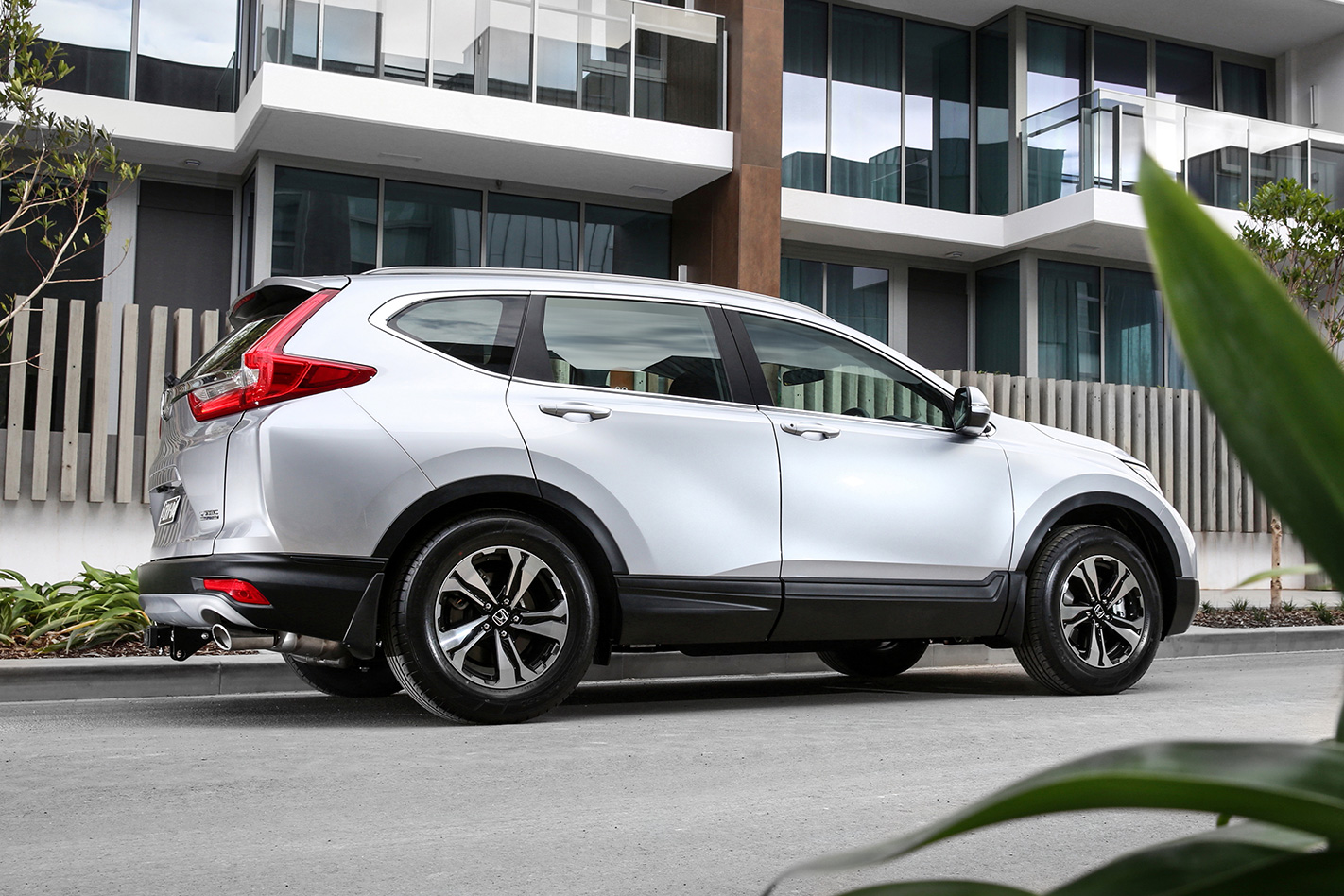
Before crunching any numbers the seven-seat CR-V was hit with penalty scores, particularly in the fit-for-purpose category.
With less interior space than larger rivals it simply won’t carry as much luggage once all seven seats are in use.
But it can carry plenty of people, even if that very back row is best left to the little ones. There are even air vents to circulate fresh air back there.
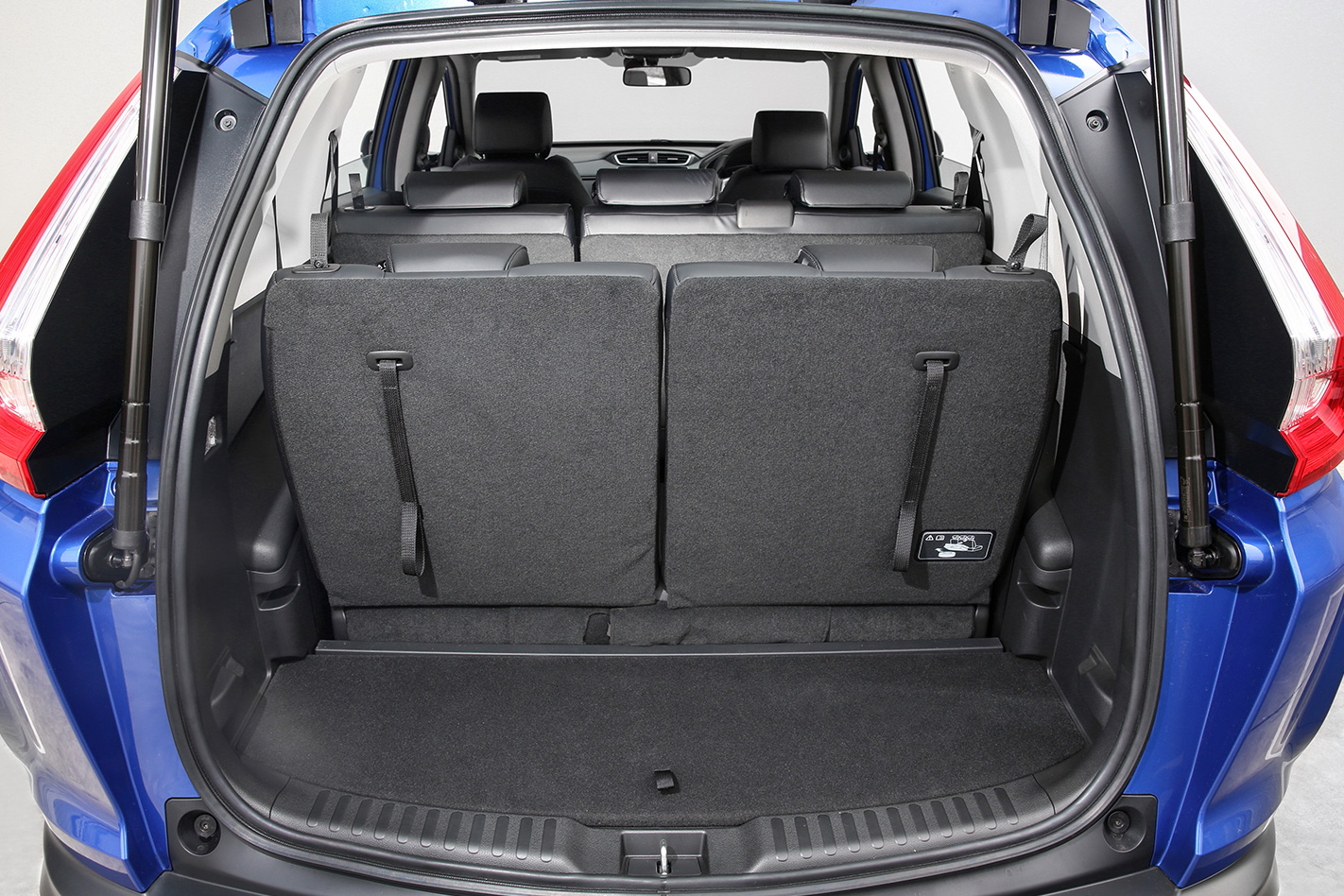
And the CR-V delivers that with a thoroughly tempting $35,490 price tag, one that also promises to hold its value nicely courtesy of 64 percent five-year resale prospects.
Those two factors account for plenty of the CR-V’s goodness in topping our charts.
A recent model update also upped the value, adding Honda Sensing – including active safety features such as autonomous emergency braking (AEB), auto high beam and active cruise control – to the already generous spread of gear.
Standard features include dual-zone ventilation, Apple CarPlay and Android Auto, smart key entry and noise-cancelling to quieten the cabin.
And while all seven people will be moved by just 1.5 litres of four-cylinder engine, the addition of a turbo means the CR-V delivers on performance.
There’s 150kW and 240Nm on tap, the latter available from just 2000rpm.
Mated to a CVT transmission that quickly adjusts according to what the driver is demanding it makes for perky acceleration.
BUDGET LUXURY
So, you want to splash out on something with a touch more class but don’t want to break the bank?
That’s where our Luxury on a Budget category comes in.
GOLD – Audi A1 30 TFSI
A luxury badge in a luxury hatchback for less than the price of most family SUVs.
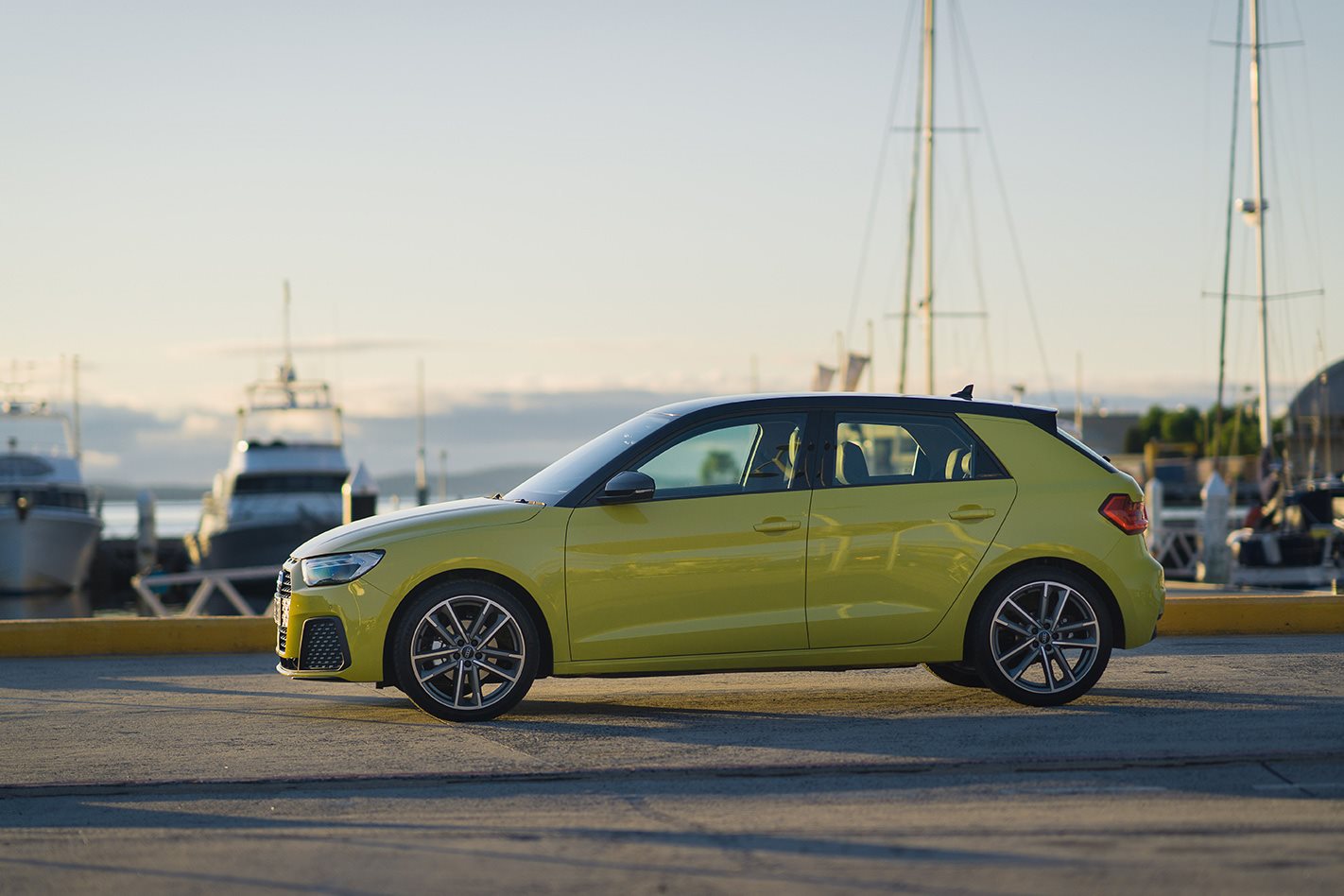
Granted, the Audi A1 doesn’t have anything like the space of those family haulers, but it does provide a taste of the luxury four-wheeled life with plenty of the trimmings.
Our rankings penalised the A1 for that lack of sprawling space – something that limits its appeal predominantly to singles and couples – but its affordability still shone through.
Affordable insurance, low fuel use and sensibly-priced servicing add to its appeal.
And all at $32,350 for the entry-level 30 TFSI, which includes 17-inch alloy wheels and auto emergency braking (AEB).
That low price of entry ultimately plays a big role in the A1’s victory, in part because there’s less initial outlay to evaporate as depreciation over the first five years of ownership.
To get the full luxury fruit you’ll have to splash out on packs and extras for sat-nav and smart key entry, as well as higher-grade finishes.
But with Apple CarPlay and Android Auto much of the tech people expect can easily be incorporated into the clear 8.8-inch touchscreen. And the standard presentation is a step or two above most city runabouts.
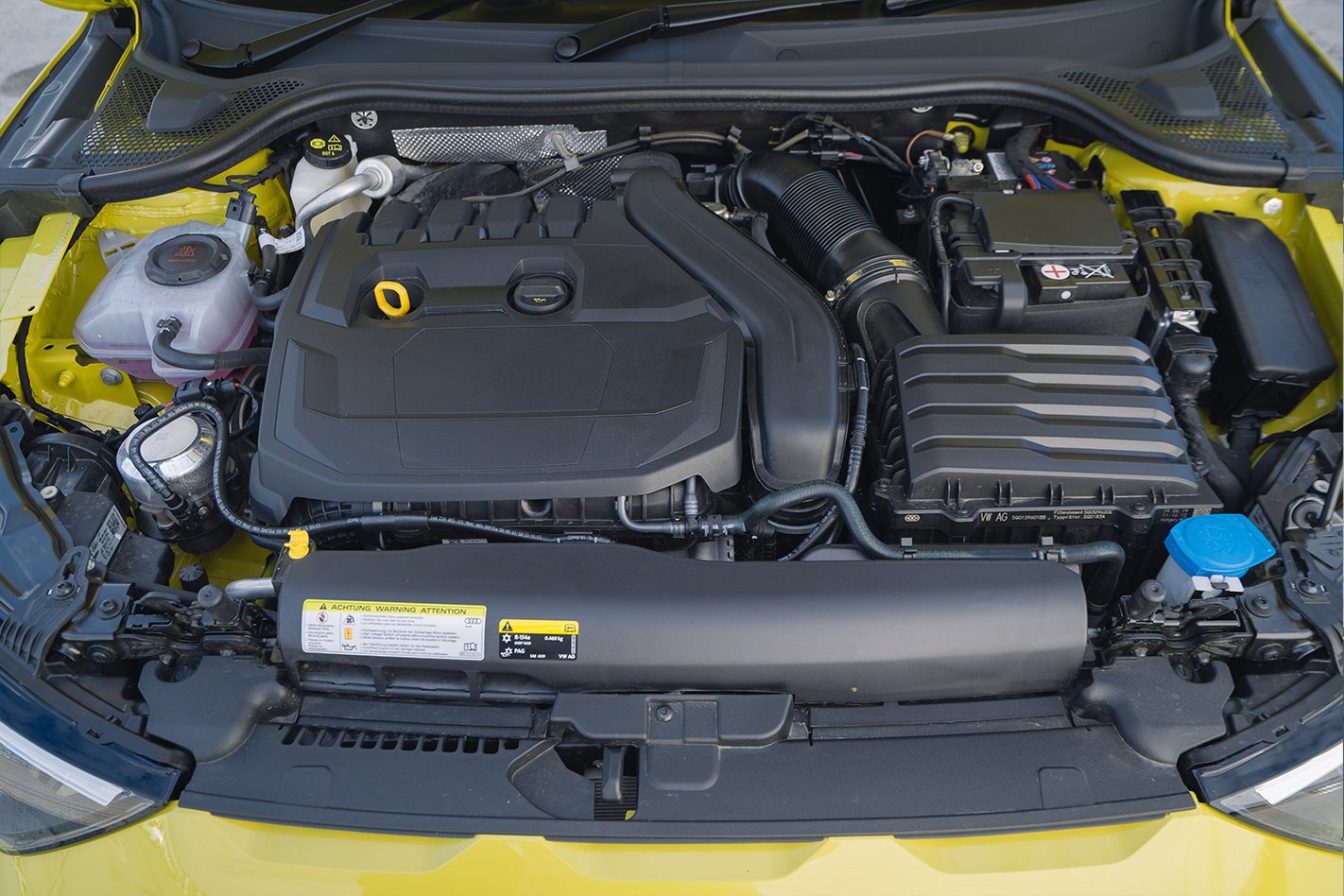
The Audi A1 is a fun car to drive. Its tiny 1.0-litre three-cylinder turbo engine has a lovely character and thoroughly satisfactory acceleration.
The seven-speed twin-clutch auto helps with slick shifts, as does the lightweight body.
It’s sharp through corners, too, adding to the driver engagement. All of which is important if you’re going to splash out on a hatch with a premium price.
PRESTIGE CAR
If diversity is your thing then look no further than the medium and large prestige cars that start at around $55,000.
This used to be the prestige heartland, the price level that got you into a luxury brand, at least before the luxury brands began downsizing their wares.
GOLD – Audi A4 35 TFSI
There’s no shortage of accomplished competition among the traditional heartbeat of the luxury market. But it’s the Audi A4 that emerges with the best combination of value, luxury and driving nous.
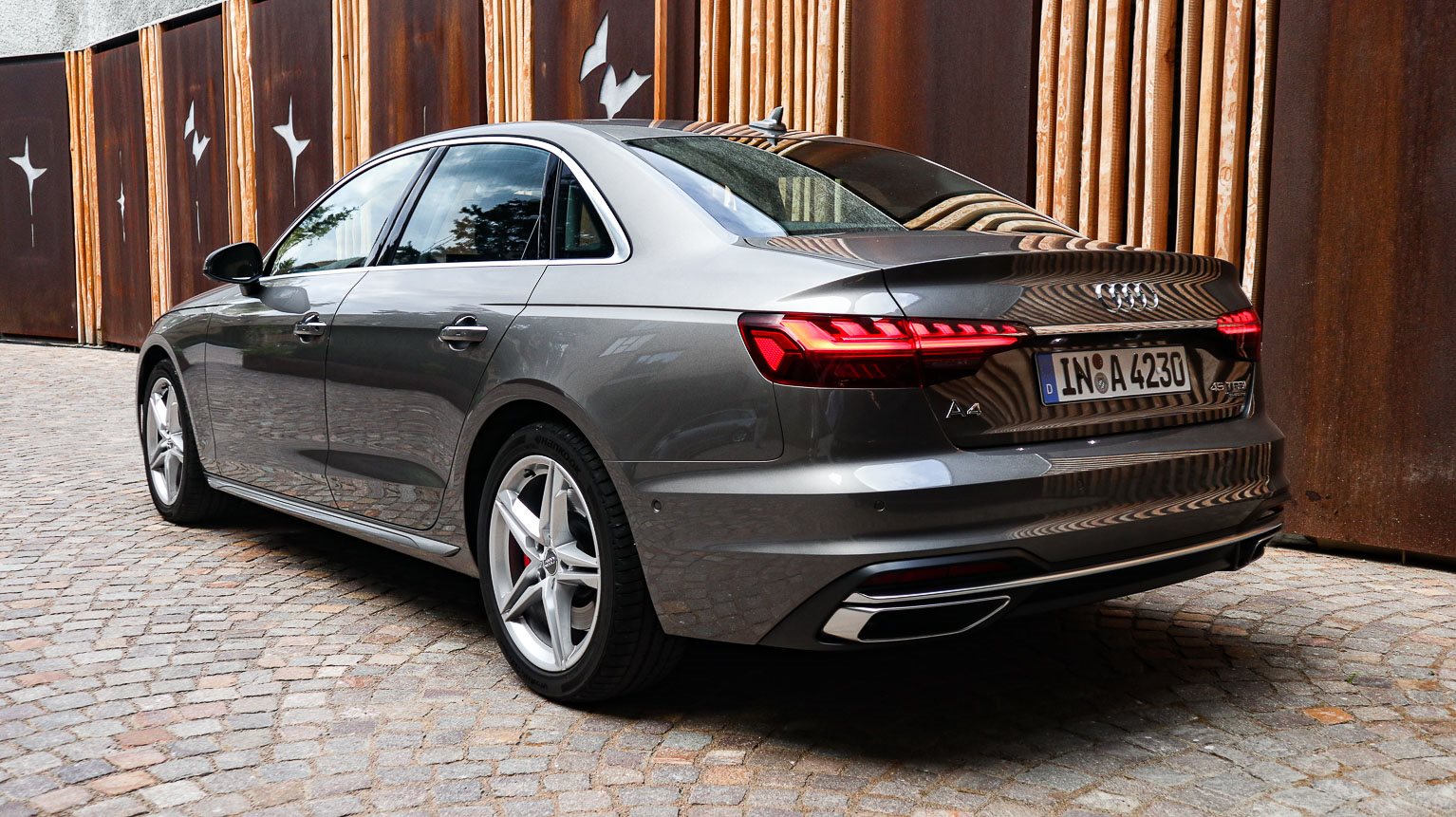
The $55,900 entry-level car is sharply priced against key rivals but still incorporates plenty into the most affordable 35 TFSI model.
There are 19-inch wheels, tri-zone air-conditioning and elegant finishes throughout, as well as partial leather seats and an electrically-adjusted driver’s seat.
The availability of a wagon is a plus, providing some SUV functionality with the sportier dynamics of a lower-riding car.
The addition of Audi Connect Plus allows smartphone connectivity to lock or unlock the doors and provide real-time traffic, fuel and weather information.
Smartphone connectivity incorporates Apple CarPlay and Android Auto.
The 2.0-litre four-cylinder makes a modest 110kW but there’s a solid surge of pulling power lower in the rev range to make for easy touring and suburban running.
Now with mild hybrid tech the A4’s claimed 6.1L/100km fuel use undercuts key rivals, something that helped it to the top in this contest.
Many cars in this category fared below average for anticipated resale values, but the A4’s more affordable price shielded it from some of that pain.
Sensible service pricing and mid-level insurance charges round out a car that nicely blends luxury trimmings into a practical and affordable package.
PREMIUM SUV
When BMW and Mercedes-Benz unleashed their first SUVs in the late 1990s it was big motoring news: luxury brands encroaching on the space traditionally occupied by cars originally designed to get down and dirty.
These days it’s difficult to imagine luxury brands surviving without multiple SUVs in their line-up. Even Bentley and Lamborghini have joined the high-riding club.
It’s created a diverse field, and for this exercise, we’re focusing on those classified as mid-sizers or above, the sort of vehicles that double as family transport but can equally push the luxury buttons. Small premium SUVs were included in our Luxury on a Budget category.
As well as petrol and diesel offerings there are various electric contenders and it’s a category that encompasses almost all luxury brands, from those with century-plus heritage to newcomers with big aspirations.
GOLD – Lexus NX300 Luxury
Toyota tech in luxury Lexus clothes makes for a premium SUV that stands above its peers for ownership credentials. And it’s the most affordable in the NX family – the NX300 Luxury – that takes out the top spot.

Based on the Toyota RAV4, the Lexus NX is a very different machine to look at – and one that also gets different drivetrains.
Under the bonnet is a 2.0-litre four-cylinder turbo engine making a useful 175kW and 350Nm.
That torque figure in particular makes it a muscular accompaniment to the mid-sized NX body.
Whereas most rivals drive all four wheels, the NX300 drives only the fronts (an all-wheel-drive system is optional), something that helps keep the initial asking price down.
At $57,500 it’s one of the more affordable premium mid-sized SUVs on the market.
That also means there’s less money to lose in depreciation, contributing to a thoroughly respectable 59 per cent resale forecast after five years.
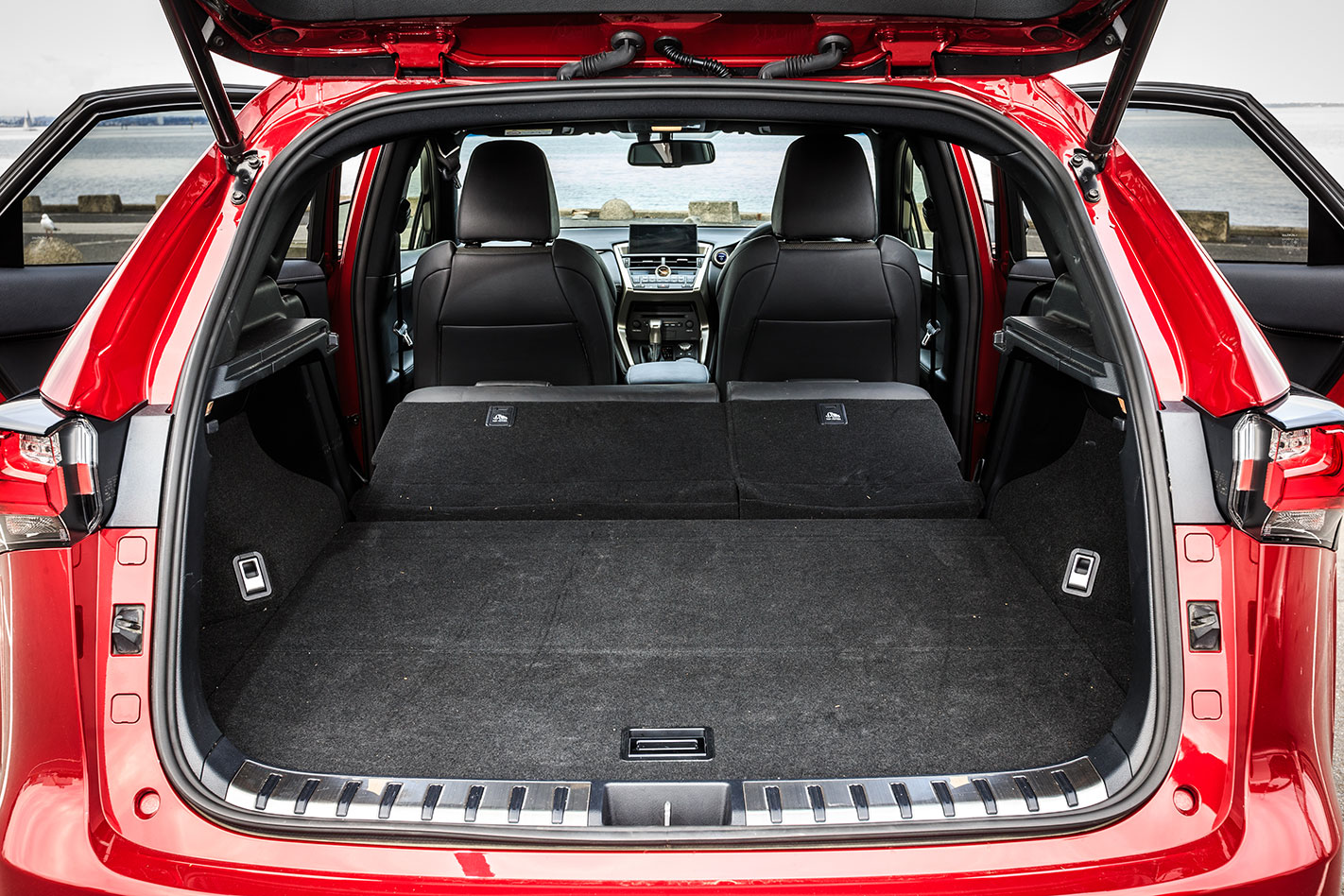
Despite the tempting sticker price it’s loaded with gear, including dual-zone climate control, smart key entry, 10.3-inch touchscreen, heated and power-operated front seats, powered tailgate and a decent 10-speaker sound system.
Elsewhere, trademark Lexus attention to detail is on display, from finishes and materials to the way everything melds together.
Active safety is on par with rivals as is connectivity.
The NX300 is also beautifully refined and gives the impression it will keep playing its luxury card many years into the future.
All of which adds up to a great value luxury SUV, albeit one without the dynamic polish of some rivals.
How Australia’s Best Value Cars Works
Our exhaustive analysis starts with working out which models fit into which category and then establishing which variant of that model’s range will fare best.
Typically it’s the more affordable variants, but hybrids can overturn that assumption; cheaper running costs and stronger predicted resale value can make them better value overall, as our results reveal.
THE BASICS
The intensive assessment starts with the basics of each car, including how much it costs. For simplicity and to better represent consumer tastes we’ve chosen auto transmissions where available, given they are the preference for the vast majority of buyers (affordable sports cars are a rare exception, with manuals still popular).
We then turned to industry expert Redbook for an estimate of what each car would be worth after five years of ownership.
Expressed as a percentage, that residual estimate gives us an idea of how much less that car will be worth after an average period of ownership. It’s an important and very influential figure; that lost value is the single biggest cost of owning a new car.
COSTS
From there we look at running costs calculated over five years and 75,000km, assuming an average 15,000km travelled each year.
Fuel costs account for cars running on more expensive premium unleaded; $1.44 per litre versus $1.25 for regular; diesel was calculated at $1.14/litre at the time of publication. We’ve even included electric cars, assuming a kilowatt-hour rate of 29c.
Insurance costs were calculated using Budget Direct’s online tool for a 35-year-old rating one driver living in Chatswood, Sydney.
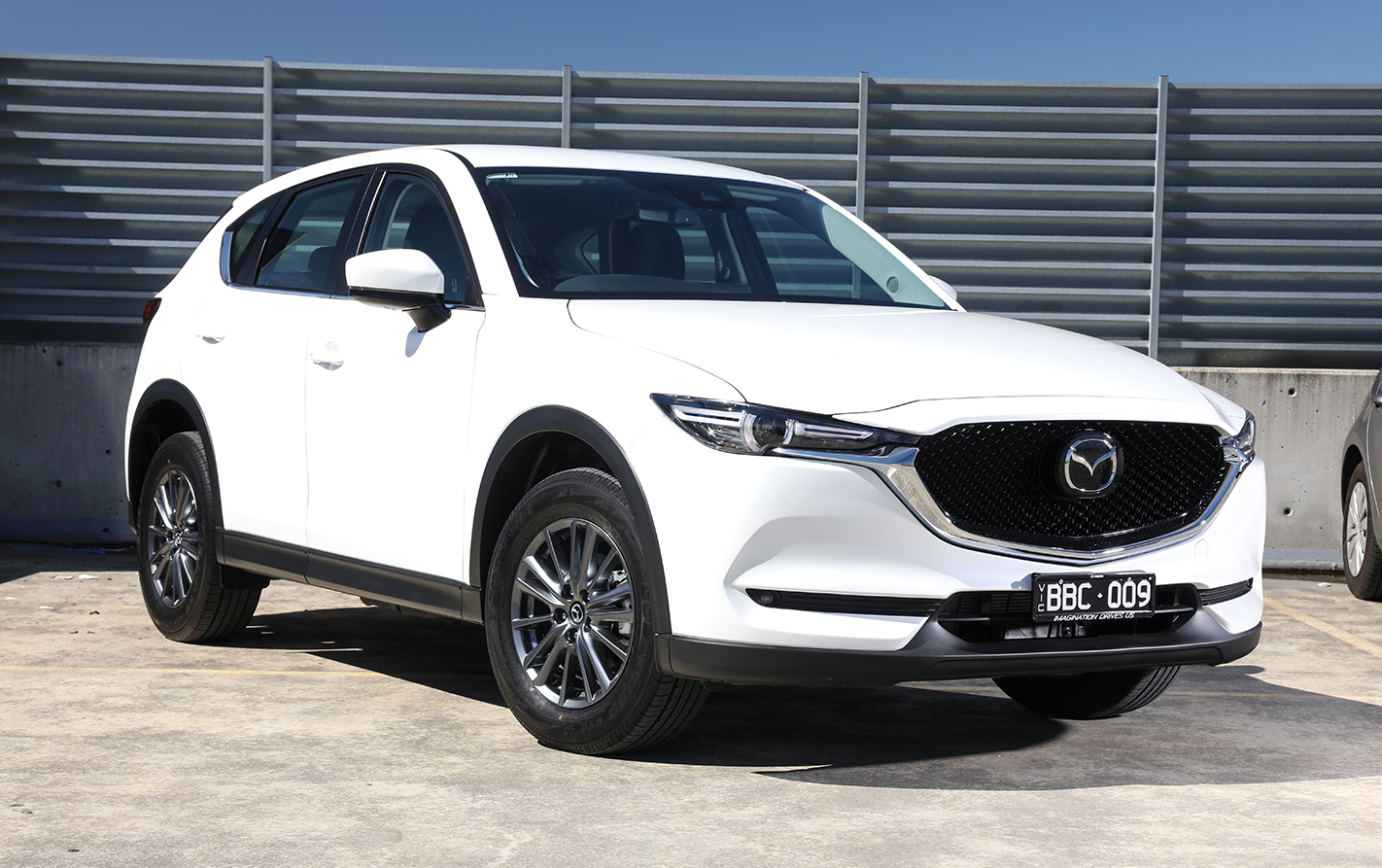
However, the company doesn’t cover all cars, so in some cases we leant on NRMA to ensure we had an apples-for-apples comparison within individual categories.
Servicing costs were determined using online calculators for the first five years or 75,000km, mostly covering capped price servicing. We also consulted individual brands for more detailed estimations where online figures weren’t published. For those without clear indications of service pricing we used high-end estimates for genuine parts and labour.
As for warranty, it wasn’t factored into these calculations, at least not directly. Cars with a warranty that exceeds the five years we performed these calculations over will be rewarded with superior resale values.
All prices and data correct as of December 1, 2020

